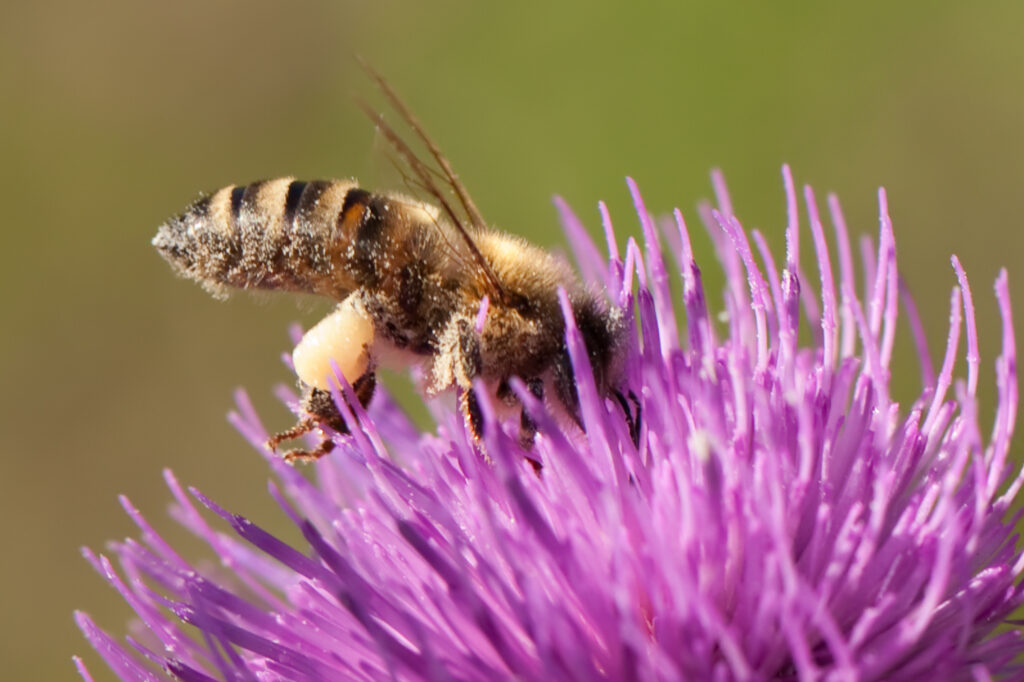Researchers to test link between disease, bees and microplastics
Researchers at The James Hutton Institute in Aberdeen have launched a project to test whether honey and bumble bees could be spreading diseases more widely than they would normally due to inadvertently picking up microplastics.
It’s already known that microplastics, which are now everywhere in the environment, can harbour disease-causing microbes. By picking them up and moving them around as they buzz about their business, bees along with other busy pollinators could also be spreading the diseases microplastics carry.
Hutton research scientist Dr Amy Cooper, who recently won seedcorn funding from the institute to run the project, says, “This is potentially a new way for diseases to spread. Microplastics are now everywhere and honeybees, in particular, are very exposed to plastic, in their hives, the clothes beekeepers wear and even their food. Other insects are less exposed, but if honeybees are carrying microplastics around with pathogens on them, it’s a potentially powerful way for diseases to spread in the environment.”
The research, which will run for a year, will initially test how well two different types of disease-causing pathogens (both plant and insect pathogens) attach to microplastics. It will then monitor honeybees, wild bees and other pollinators at a site in northeast Scotland for microplastics.
“One risk is that diseases in commercial honeybee colonies could be spread between colonies, putting these crucial managed pollinators at risk, as well as spreading other diseases to critically important wild pollinators such as bumblebees and butterflies,” says Dr Cooper.
“While some pathogens, such as the deformed wing virus, are very widespread and regularly cause disease, which is managed, others, like American and European foulbrood, are less common. It is these that we are most worried about finding new ways to spread.”
One risk is that diseases in commercial honeybee colonies could be spread between colonies, putting these crucial managed pollinators at risk, as well as spreading other diseases to critically important wild pollinators such as bumblebees and butterflies”
Dr Amy Cooper

Dr Cooper came up with the idea for the project after learning about how bees were used to monitor how much microplastic was in the environment. Researchers in Europe cleaned bees and then checked them for microplastics after they had been out foraging.
The most microplastics were found on honeybees from urban areas compared to suburban and rural bees and 13 different types of plastic were identified, polyester being the most common. As pollinators are built to store and carry particles like pollen, they really are perfect for monitoring other small particles such as microplastics in the environment.
The study was recently awarded Seedcorn funding from the institute via the Scottish Government’s Underpinning National Capacity funding.
Press and media enquiries:
Elaine Maslin, Media Officer, The James Hutton Institute elaine.maslin@hutton.ac.uk, tel: +44 (0)1224 395076 or +44 (0)7977 805808
December 6, 2023
